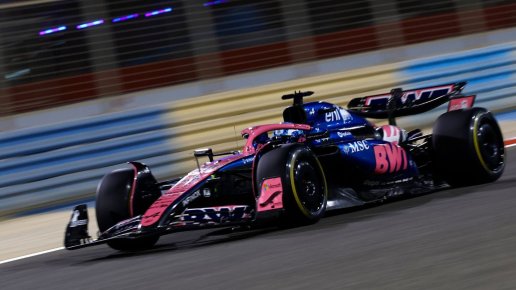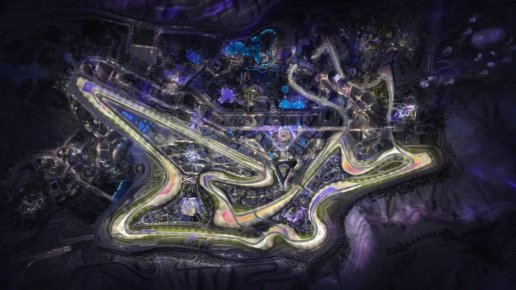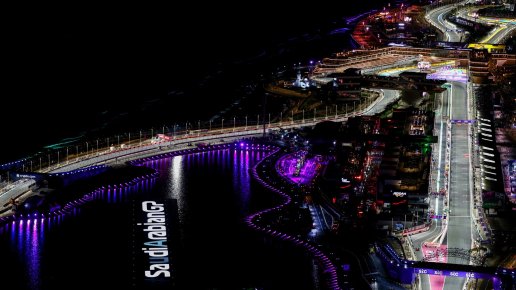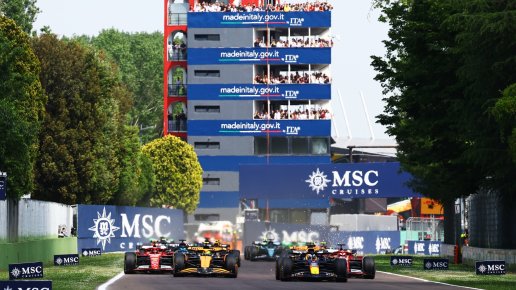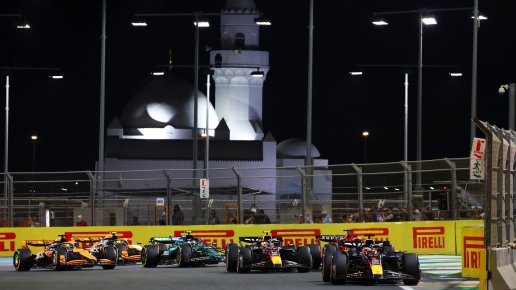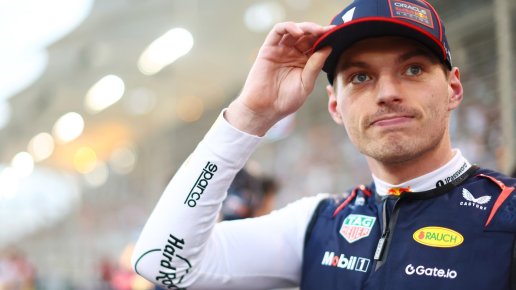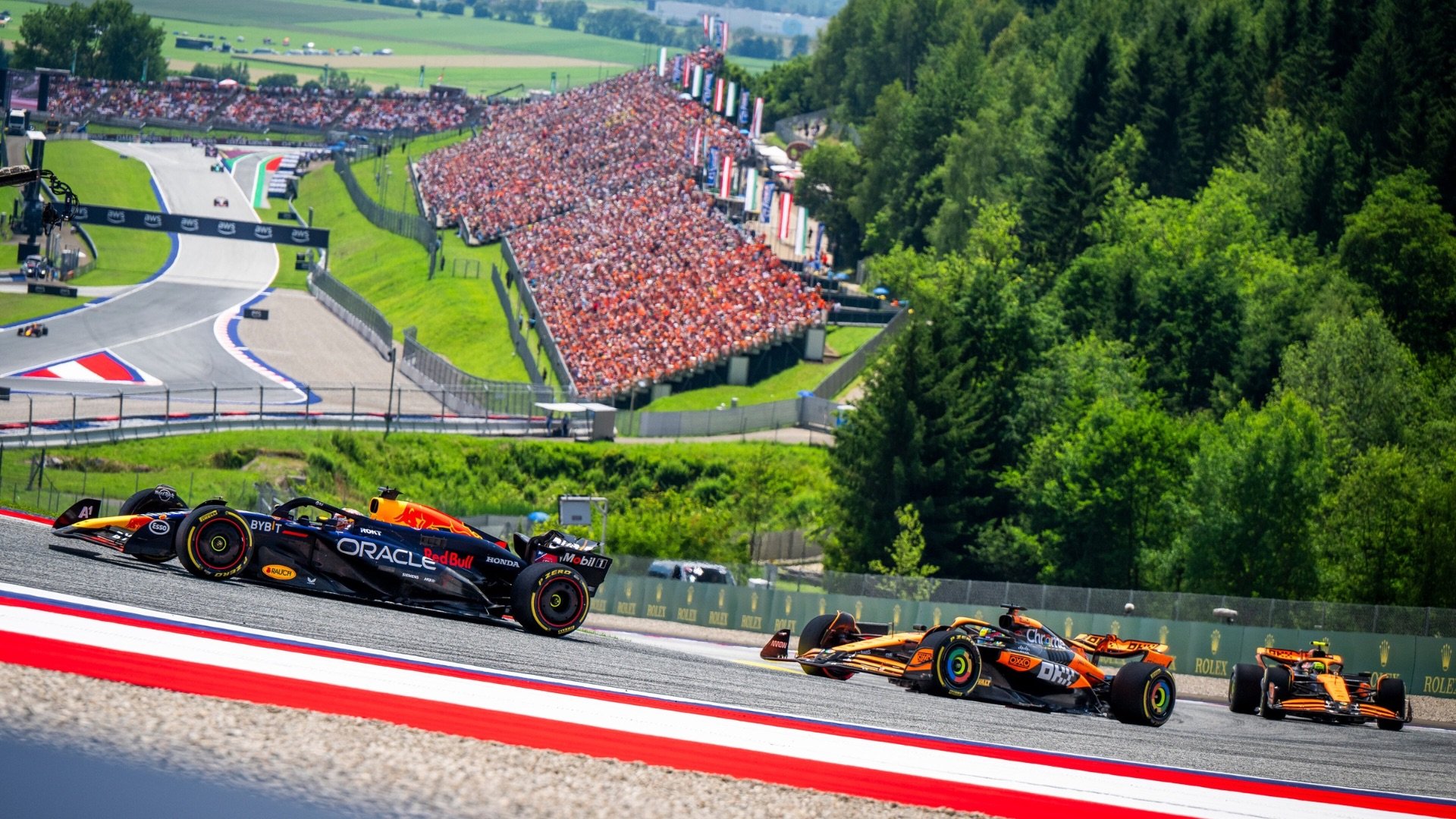
Photo: Getty Images / Red Bull Content Pool
How the F1 calendar has changed over time
Formula 1 began in 1950 with a small, Europe-focused calendar, but over the years, it has changed dramatically. Let’s take a look at how the schedule has evolved and what the future might hold.
F1 & MotoGP news to your inbox every day.
FROM A FEW RACES TO A WORLDWIDE CHAMPIONSHIP
The first-ever F1 season in 1950 featured just seven races, all based in Europe except for the Indianapolis 500, which was technically part of the championship but run under different regulations. Silverstone hosted the first Grand Prix in May 1950 and other races took place at classic circuits like Monaco, Monza, and Spa-Francorchamps—tracks that would go on to become synonymous with the sport.
As the years went by, Formula 1 gradually expanded beyond Europe. By the 1960s, races in North and South America had been added, and by the 1970s, Japan and South Africa joined the schedule. These additions marked the start of Formula 1’s transition from a primarily European competition to a truly global championship.
MORE RACES, MORE COUNTRIES
The 1980s and 1990s saw an even greater push towards international expansion. Races in Australia, Malaysia, and the Middle East were introduced. Bernie Ecclestone, who played a pivotal role in shaping modern Formula 1, secured lucrative deals to bring races to new markets.
At the same time, many of the classic European circuits remained a core part of the calendar. Tracks like Silverstone, Monza, and Spa continued to host some of the most exciting and memorable races each season. These circuits, with their challenging layouts and deep history, were beloved by drivers and fans alike.
However, even during this period, some circuits struggled to keep up with the financial demands of hosting a Grand Prix. This meant that while the calendar was expanding, certain races, such as the Portuguese Grand Prix at Estoril and the French Grand Prix at Magny-Cours, started disappearing.
NEW CIRCUITS AND A PACKED SCHEDULE
The 2010s saw one of the biggest shifts in Formula 1’s calendar strategy. Under new ownership by Liberty Media, the sport focused heavily on expanding its presence in the United States, the Middle East, and Asia. New races in Azerbaijan and Russia were added, and although the planned Vietnam Grand Prix never took place, F1’s direction was clear—it wanted to become bigger and more commercially appealing than ever.
A major turning point came with the introduction of races in Miami and Las Vegas. These events were designed not just as races but as entertainment spectacles, featuring concerts, celebrity appearances, and high-profile marketing campaigns. The Middle East also became a bigger part of the schedule, with Saudi Arabia and Qatar securing long-term deals.
However, this rapid expansion also led to tough decisions. Classic circuits like Hockenheim and Nurburgring in Germany, which once played a vital role in F1 history, disappeared from the calendar due to financial difficulties. Even races like the French Grand Prix, once a key part of the European leg of the championship, were dropped.
HOW MUCH IS TOO MUCH?
As Formula 1 grew, so did concerns about the length of the season. In response, F1 introduced a limit of 25 races per season, aiming to balance its global ambitions with the physical and logistical demands placed on teams, drivers, and personnel.
For the teams, a longer calendar means more travel, more fatigue, and higher costs. While larger teams have the resources to rotate staff and manage workloads, smaller teams face greater challenges in keeping up with the increasing demands of an extended season.
For drivers, the mental and physical toll of a packed schedule can be significant. With races spread across multiple continents, jet lag, travel fatigue, and limited recovery time between events can impact performance.
For fans, the debate is more divided. Some love having more races, as it means more action throughout the year. Others feel that too many races can dilute the excitement, making each Grand Prix feel less special. Additionally, traditional venues being replaced by modern circuits designed for commercial appeal has led to concerns that F1 is losing some of its identity.
CLASSIC CIRCUITS THAT STAND THE TEST OF TIME
- Silverstone (UK) – The birthplace of Formula 1, hosting the first World Championship race in 1950. It is known for its fast and flowing layout, with iconic corners like Maggots, Becketts, and Copse.
- Monza (Italy) – Nicknamed the “Temple of Speed,” Monza is the fastest circuit in F1, with long straights and minimal downforce. It has been a permanent fixture in F1 since 1950 and is famous for its passionate Tifosi fans.
- Monaco (Monaco) – The only track that does not meet F1’s minimum length requirement but remains essential due to its history. The narrow streets make overtaking difficult, making qualifying the most crucial part of the weekend.
- Suzuka (Japan) – The only figure-eight track in F1, known for its technical corners like the S-curves and 130R, making it a favourite among drivers and fans.
THE FUTURE OF THE CALENDAR
Looking ahead, Formula 1 will need to find a sustainable approach to its calendar. One solution that is already being put into place is a rotation system, where some races alternate each year rather than being permanent fixtures.
The Belgian Grand Prix at Spa-Francorchamps has secured its place until 2031, but only on a rotational basis, meaning it will host races in 2026, 2027, 2029, and 2031, while being left off the schedule in 2028 and 2030. This system could help balance the need for expansion while ensuring classic venues remain part of the sport, even if not every season.
At the same time, some circuits are starting to drop off the calendar to make space for new venues. The Dutch Grand Prix at Zandvoort will not continue beyond 2026, as organisers have opted not to extend their contract. While Zandvoort has been a popular addition in recent years, its departure aligns with F1’s push to expand into new regions. Other tracks, such as Imola, could also be at risk of being rotated or removed as the sport continues to grow.
Another key focus will be sustainability. As F1 aims to become carbon neutral by 2030, changes in how races are scheduled could be necessary. Grouping races by region rather than jumping between continents multiple times per season could reduce unnecessary travel and improve efficiency. This would not only help the sport’s environmental impact but also ease the strain on teams and personnel over a long season.
One of the biggest targets for expansion is Africa, with both Rwanda and South Africa’s Kyalami Circuit expressing interest in hosting a Grand Prix. F1 has not held a race on the continent since 1993, and a return would help the sport reach a truly global audience. However, securing a deal for a new African Grand Prix is still a work in progress, with financial and logistical challenges to overcome.

